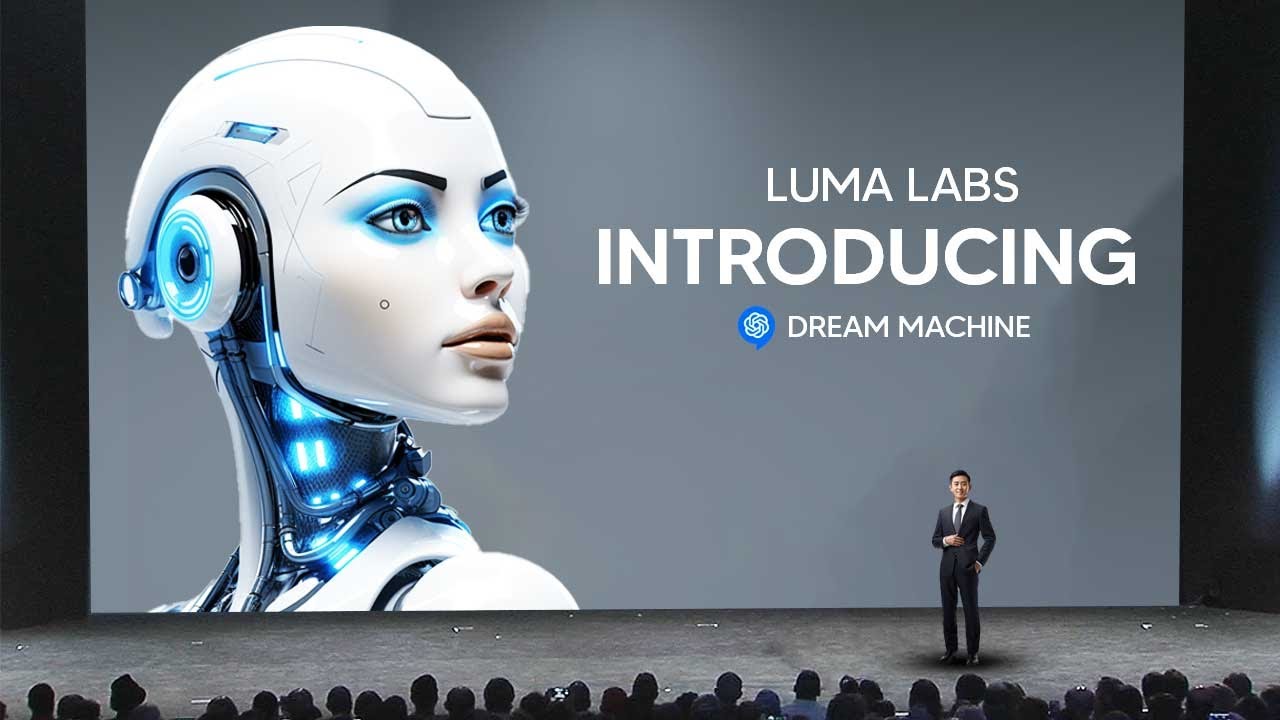The video introduces Luma Labs’ new AI model, Dream Machine, which generates high-quality videos from text and images with impressive temporal consistency and understanding of motion dynamics. While praised for its effectiveness in creating visually appealing clips, the pricing tiers and occasional morphing issues are highlighted, with comparisons made to other AI models like Sora AI and OpenAI’s technology showcasing the competitive landscape of the industry.
The video discusses the release of a new AI model called Dream Machine by Luma Labs, which generates high-quality realistic videos from text and images. This model is scalable and efficient, trained directly on videos to create physically accurate and eventful shots. It is considered one of the most impressive text-to-video AI software available, showcasing consistency and understanding of movement dynamics in videos. The tool is praised for its effectiveness in generating visually appealing clips, offering a glimpse into a new era of creativity empowered by AI tools.
The video highlights the impressive temporal consistency and understanding of motion exhibited by Luma Labs’ text-to-video model. It demonstrates the model’s ability to capture subtle details like changes in lighting and movement dynamics, setting it apart from other AI systems. Despite its strengths, the video also acknowledges limitations such as morphing issues and occasional inconsistencies in movement, common challenges faced by generative AI systems.
The pricing of Dream Machine is discussed, with different tiers offering varying numbers of generations per month at different price points. While the tool provides a valuable resource for indie projects and creative endeavors, some users find the pricing steep, especially considering the need for multiple generations to achieve desired results. Comparisons with other AI models like Pabs and Runway showcase Luma Labs’ advancements in video generation, although room for improvement remains in areas such as character consistency and resolution quality.
A direct comparison between Sora AI and Luma AI reveals Sora’s superior quality and resolution in generated clips, highlighting the advancements made by OpenAI in video generation technology. Despite Luma Labs’ progress with Dream Machine, Sora AI’s quality and realism outshine other competitors in the field. The video emphasizes the competitive landscape of AI tools, with companies racing to innovate and meet growing demands in the multi-trillion-dollar industry.
In conclusion, the video reflects on the rapid evolution of AI tools for video generation and the increasing competition among companies to deliver cutting-edge solutions. While Luma Labs’ Dream Machine represents a significant step forward in text-to-video AI software, the video acknowledges the lead maintained by OpenAI’s Sora AI in terms of quality and resolution. The dynamic nature of the industry promises continued advancements and a proliferation of tools that empower creativity and filmmaking, shaping a future where AI plays a central role in content creation.
